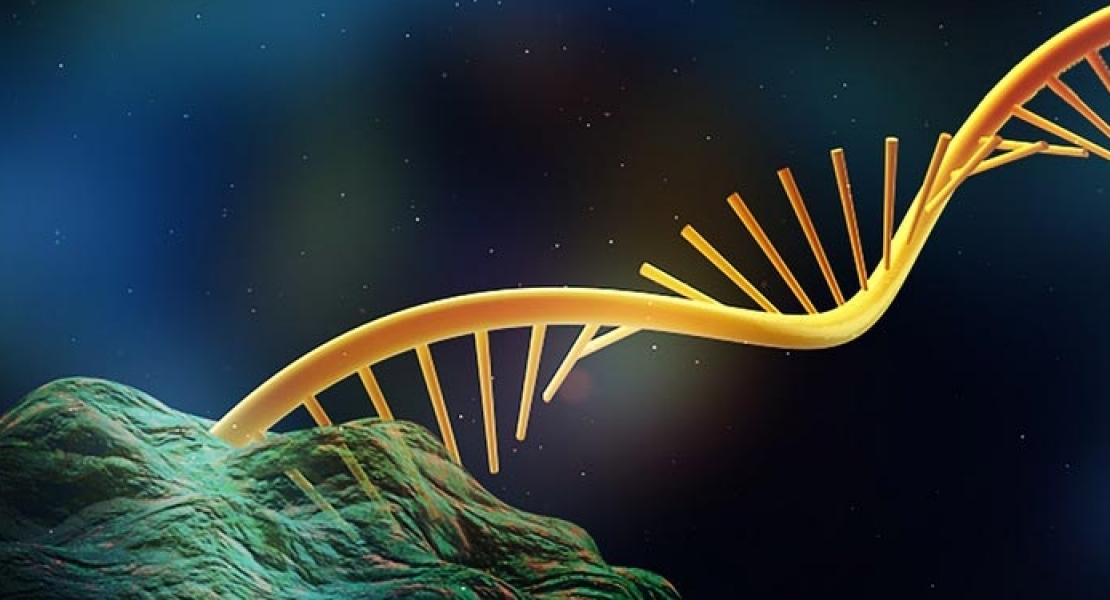In trans paired nicking triggers seamless genome editing without double-stranded DNA cutting

Abstract
Precise genome editing involves homologous recombination between donor DNA and chromosomal sequences subjected to double-stranded DNA breaks made by programmable nucleases. Ideally, genome editing should be efficient, specific, and accurate. However, besides constituting potential translocation-initiating lesions, double-stranded DNA breaks (targeted or otherwise) are mostly repaired through unpredictable and mutagenic nonhomologous recombination processes. Here, we report that the coordinated formation of paired single-stranded DNA breaks, or nicks, at donor plasmids and chromosomal target sites by RNA-guided nucleases based on CRISPR-Cas9 components, triggers seamless homologydirected gene targeting of large genetic payloads in human cells, including pluripotent stem cells. Importantly, in addition to significantly reducing the mutagenicity of the genome modification procedure, this in trans paired nicking strategy achieves multiplexed, single-step, gene targeting, and yields higher frequencies of accurately edited cells when compared to the standard double-stranded DNA break-dependent approach.
